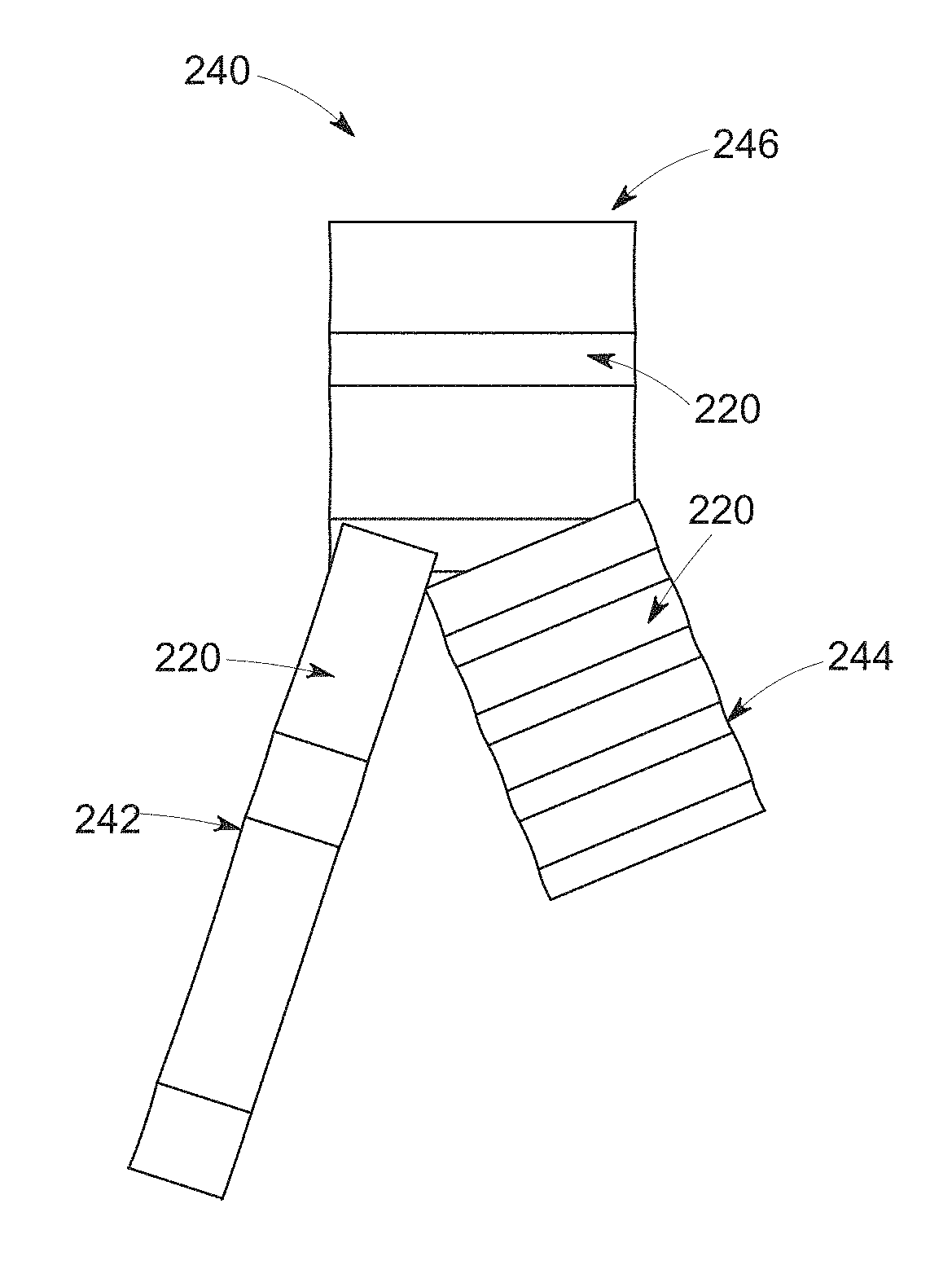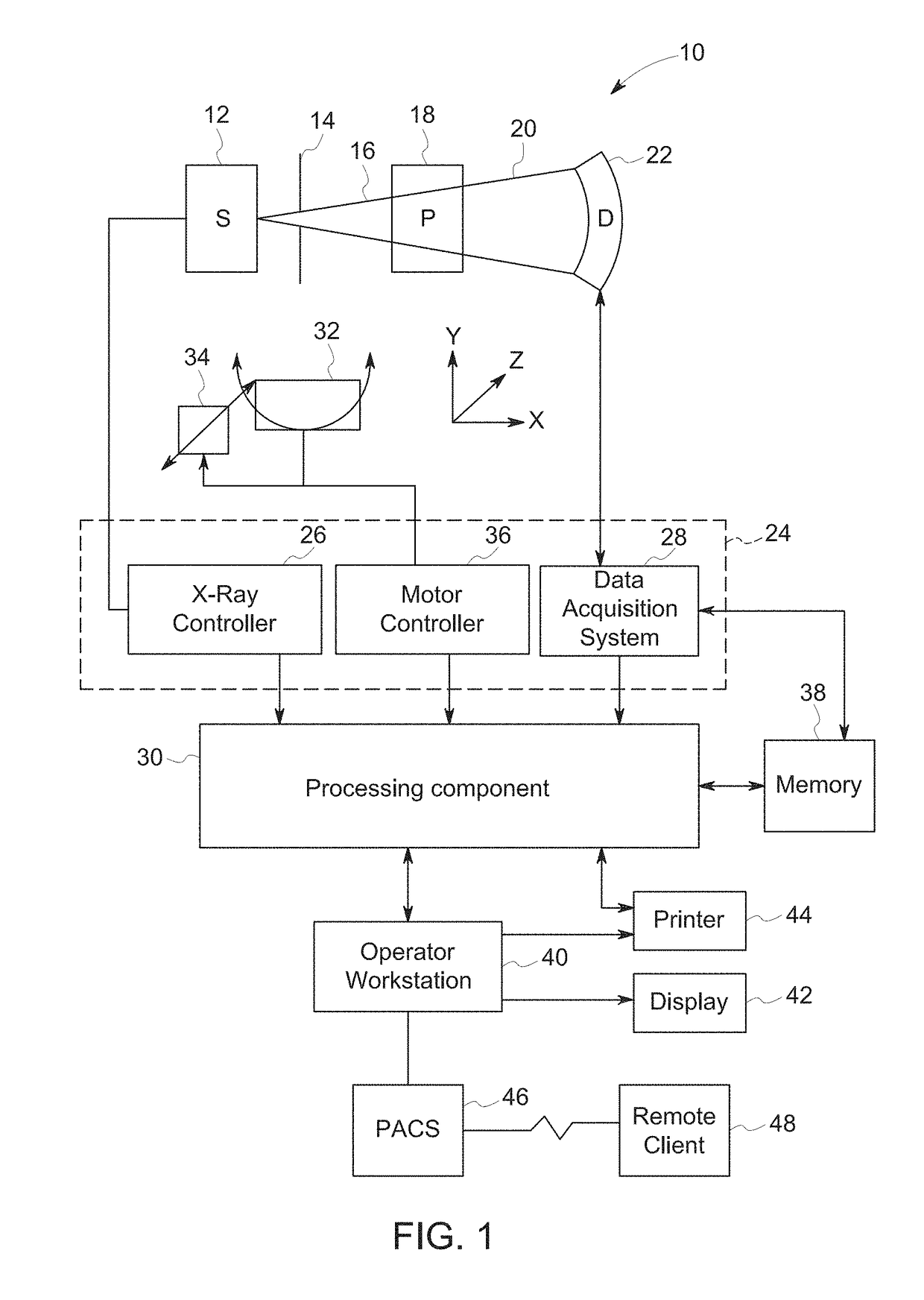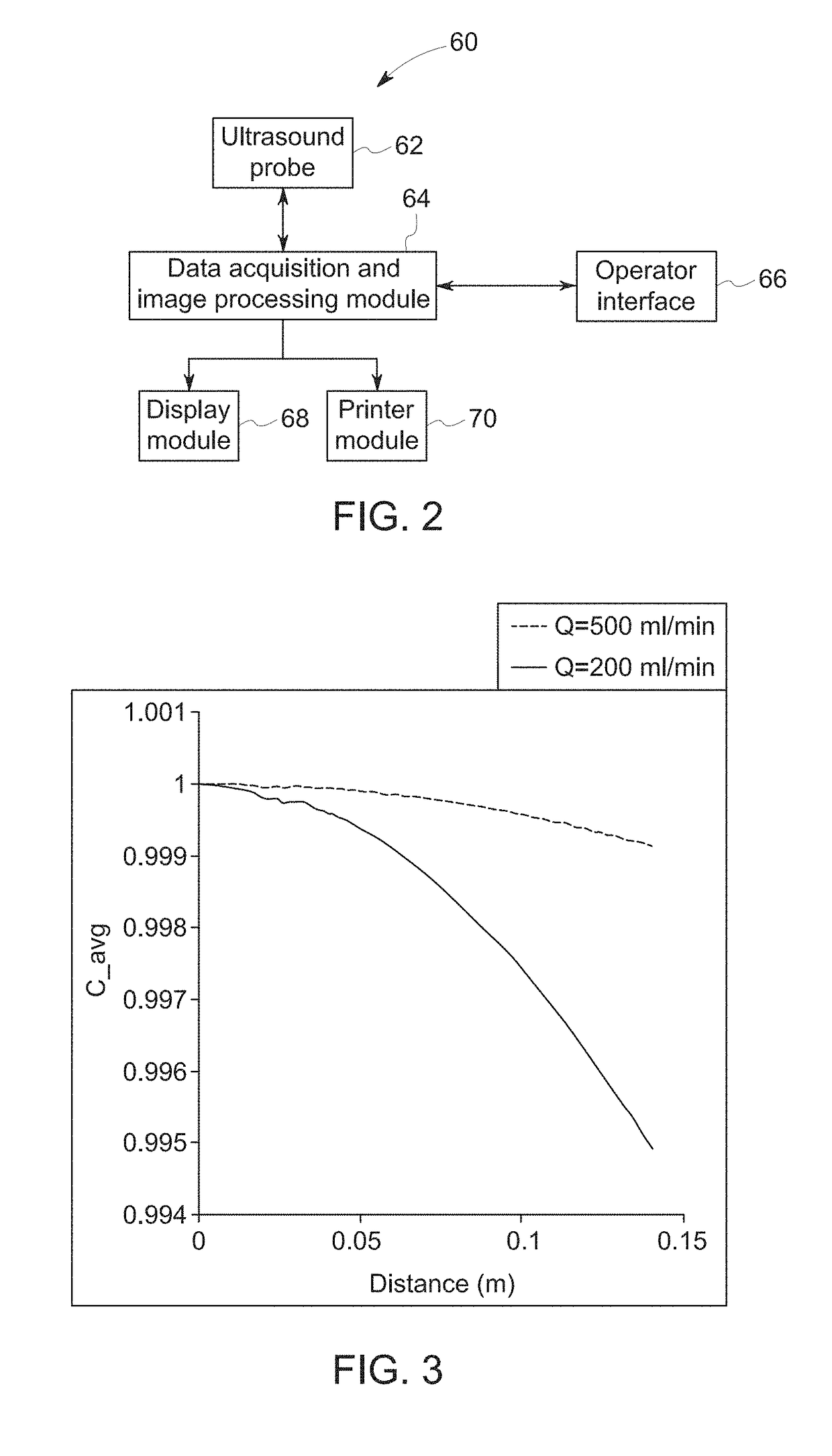Methods for personalizing blood flow models
a blood flow model and model technology, applied in the direction of radiation generation arrangement, instruments, angiography, etc., can solve the problem that the presence or identification of stenosis does not necessarily have actual functional significance, and the approach may be undesirabl
- Summary
- Abstract
- Description
- Claims
- Application Information
AI Technical Summary
Benefits of technology
Problems solved by technology
Method used
Image
Examples
Embodiment Construction
[0026]Development of a non-invasive method to assess coronary anatomy, including coronary flow and fractional flow reserve, may be a useful tool in providing cardiac healthcare. Such a non-invasive approach may reduce patient risks due to the reduction or elimination of certain interventional procedures as well as reducing healthcare costs for cardiac care. In some approaches, fractional flow reserve can be obtained non-invasively in the coronary arteries by combining Computational Fluid Dynamics (CFD) tools with a model of the coronary vasculature constructed from medical images. Prior three-dimensional (3D) CFD studies of the coronary arteries included calculations done using single 3D coronary vessel segments, constructed from intravascular ultrasound images or computed tomography angiography (CTA) images, as well as 3D coronary tree models constructed from CTA images. One-dimensional (1D) models have also have been used to simulate blood flow and pressure in the coronary tree. H...
PUM
 Login to View More
Login to View More Abstract
Description
Claims
Application Information
 Login to View More
Login to View More - R&D
- Intellectual Property
- Life Sciences
- Materials
- Tech Scout
- Unparalleled Data Quality
- Higher Quality Content
- 60% Fewer Hallucinations
Browse by: Latest US Patents, China's latest patents, Technical Efficacy Thesaurus, Application Domain, Technology Topic, Popular Technical Reports.
© 2025 PatSnap. All rights reserved.Legal|Privacy policy|Modern Slavery Act Transparency Statement|Sitemap|About US| Contact US: help@patsnap.com



